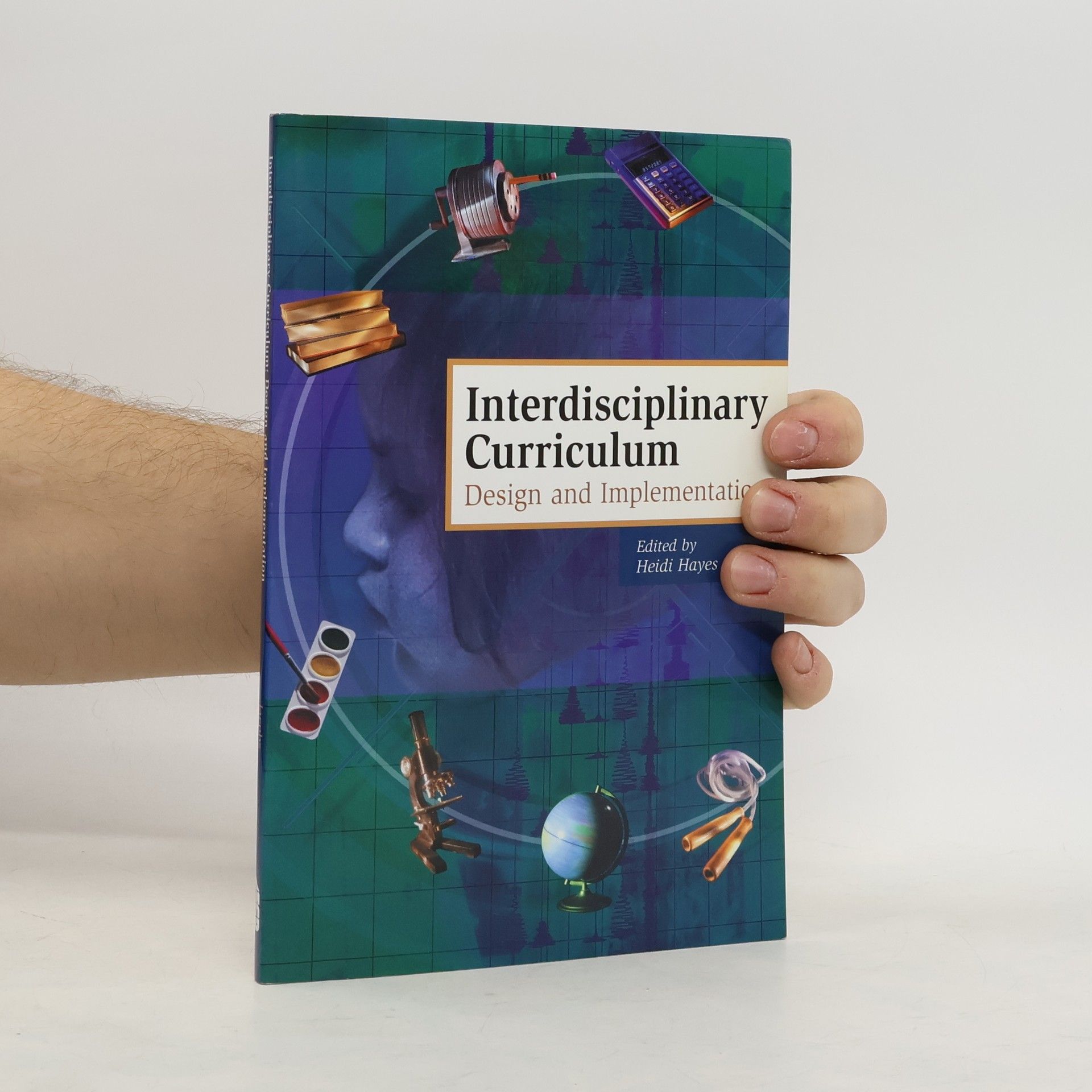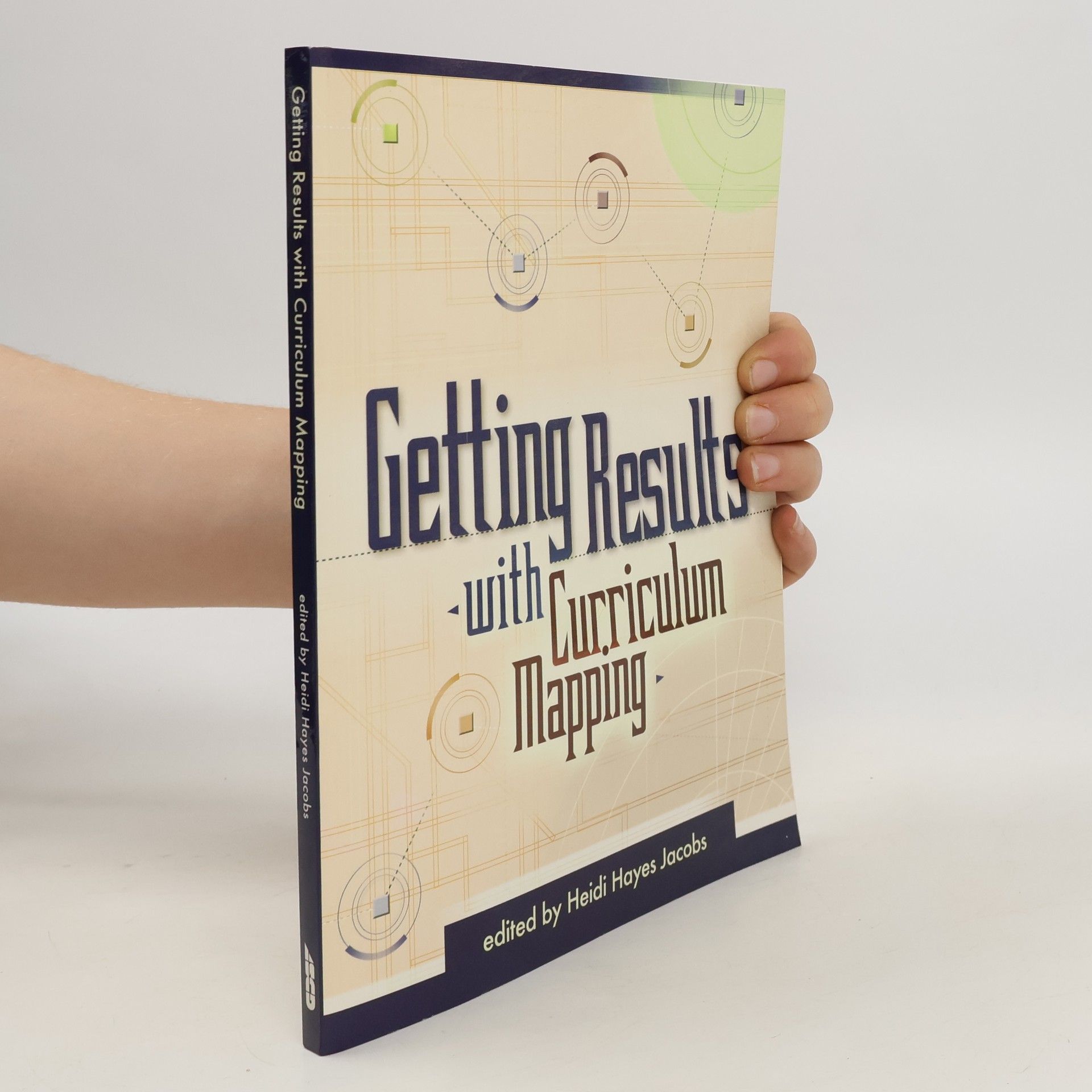Getting results with curriculum mapping
- 181 stránek
- 7 hodin čtení
Curriculum mapping is said to remove the clutter that may interfere with learning and teaching. It sorts lessons and units into consistent plans that teachers, schools, and districts can access to ensure content is consistent and also progresses along with students. Jacobs and her contributors describe how to set up a mapping project, work on the project as a team, and use mapping in special settings such as in an independent or alternative school. They show how to create consistent benchmarks and use the resulting maps to integrate new technology, new data, decision-making structures, and staff development opportunities. The appendices include samples.Preparing educators to implement mapping procedures, * Using software to create unique mapping databases, * Integrating decision-making structures and staff development initiatives through mapping, * Helping school communities adjust to new curriculum review processes, and * Making mapping an integral part of literacy training.


